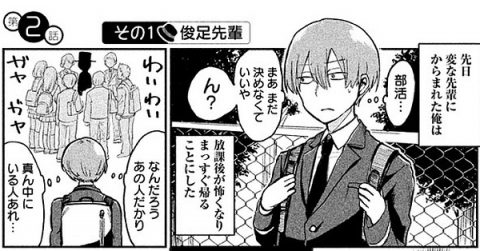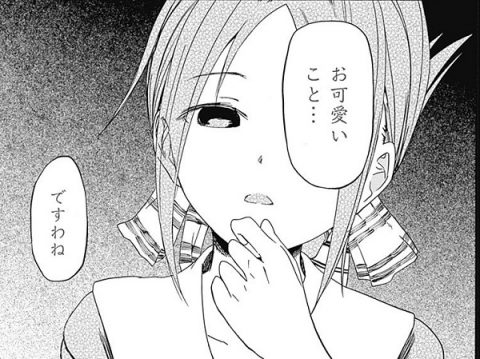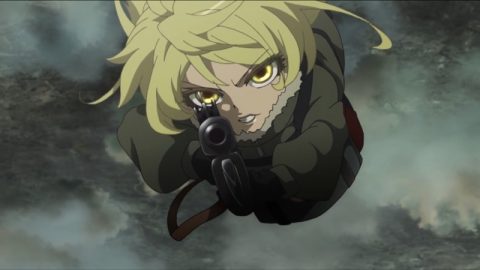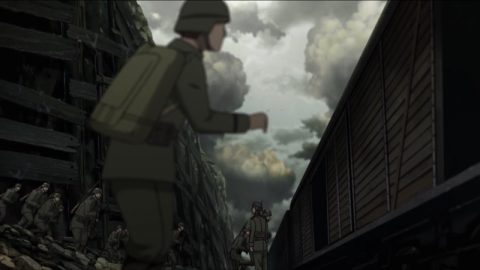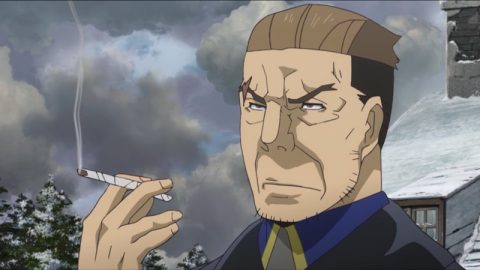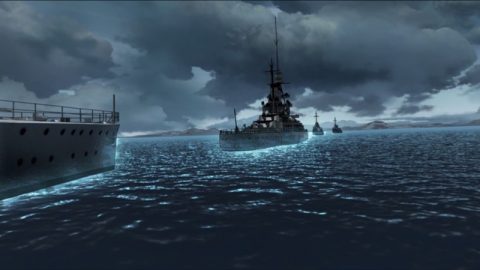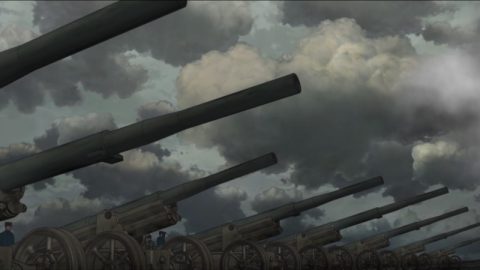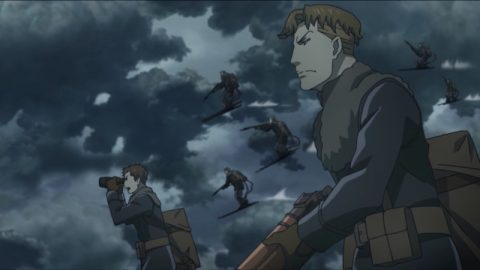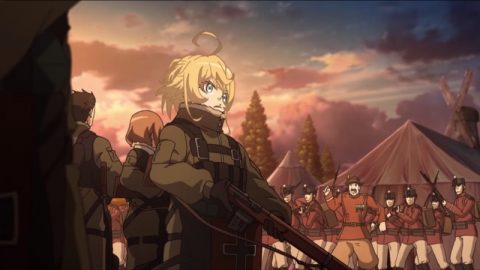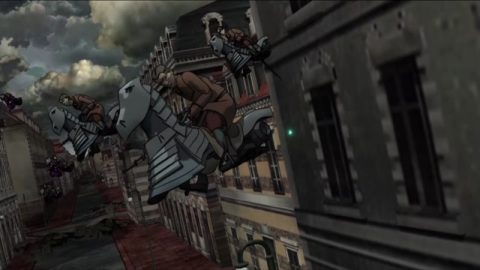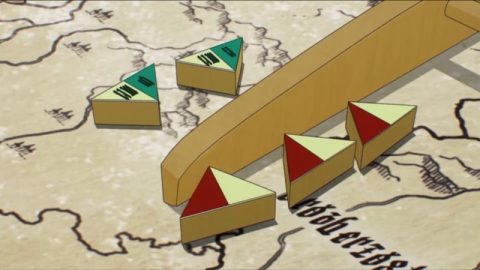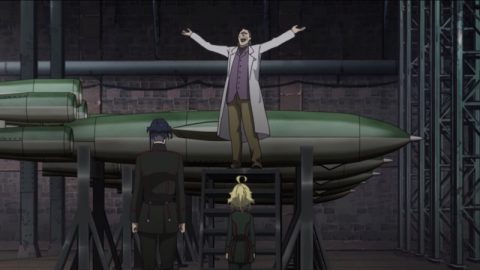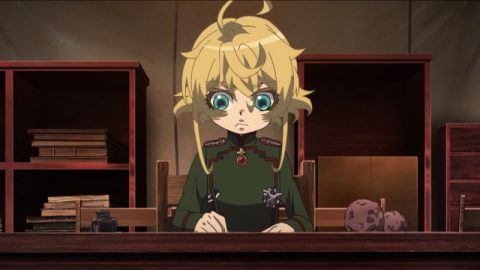The setting of Saga of Tanya the Evil is reminiscent of real-world Europe. When compared to the European wars of the early 20th century, there are many similarities. Knowing the original source material may help you understand Saga of Tanya the Evil more deeply. In this article, we will introduce the battles that took place in the anime! Please note that these are merely the author's speculations. (Spoilers)
The stalemate at the Rhine and the Mage Battalion resemble the battle between the German Empire and the French Republic in World War I.
The Rhine front is depicted in the first episode of Saga of Tanya the Evil. Tanya defeats enemies with pinpoint accuracy, but in real life, it doesn't always work out so well... It's just speculation, but I think it's based on trench warfare on the border between the German Empire and the French Republic during World War I.
第一次世界大戦 犠牲者数
— J.WH (@JPNHistoria) November 11, 2017
(1914年7月28日~1918年11月11日
戦闘員及び民間人
総計:約3700万人
ドイツ :177万人
オーストリア:120万人
イギリス :91万人
フランス :136万人
ロシア :170万人
イタリア :65万人
セルビア :37万人
アメリカ :13万人 pic.twitter.com/hl4JtloQsN
From 1914 until the end of the war in 1918, there was little change on this front. During this time, various new weapons were developed to break through trenches, including tanks, fighter planes, and poison gas. Even with the magical forces that exist in the world of Saga of Tanya the Evil, the front lines remained at a stalemate.
The battle against the Entente is reminiscent of the Winter War of World War II
The battle in the northern region of Norden, depicted in Episode 2 and the middle of Saga of Tanya the Evil, was central to the story throughout the anime's 12 episodes, along with the Rhine Front. Anson was a formidable opponent. After being revived by Existence X, he became the final boss and stood in Tanya's way.
ネルソン級戦艦「ロドニー」(その2)
— オミーズの辞典 (@ioujimma1945) October 29, 2015
第二次世界大戦開戦当時、本艦は本国艦隊および大西洋艦隊に所属。1940年、ノルウェーにてドイツ軍機の攻撃を受けるが、すぐに回復。その後はイギリス~カナダ間の輸送船団の護衛任務に従事した。 pic.twitter.com/O3tma6kEAL
I believe that the Northern Norden is based on the Invasion of Norway and the Winter War in Finland during World War II.
QF 3インチ 20cwt高射砲(その3)
— オミーズの辞典 (@ioujimma1945) January 30, 2016
本砲は改修し、性能向上型のタイプが第二次世界大戦で使われ、潜水艦の備砲や、本土防空任務についた。また、フィンランドに供与された本砲は1941年から1944年かけてソ連との継続戦争で活躍した pic.twitter.com/Iz3rWJPYGk
German forces invaded the Atlantic, and British forces landed to thwart them. However, in reality, this battle ended after just two months. In Saga of Tanya the Evil, the Entente was still a threat, though not as much as the Republic. This is why the Winter War broke out between Finland and the Soviet Union.
冬戦争
— オミーズの辞典 (@ioujimma1945) May 13, 2015
第二次世界大戦中の1939年にソ連がフィンランドに侵攻した戦争。ソ連の侵攻目的はフィンランド湾を制圧し、対ドイツ戦の軍事拠点にするためであった。しかし、圧倒的な劣勢のなかフィンランドは根強く抵抗し、ソ連軍も多大な損害を被った。 pic.twitter.com/uZIEH8WVIl
The Finnish military continues to resist the Soviet invasion and successfully maintains its hold on the country. Based on this history, the battle against the Entente in Saga of Tanya the Evil takes place in neutral Sweden.
Norway is also the location of the actual battle, which took place within its territory. I believe the setting is a mix of the three countries that fought well against the Soviet Union during the Winter War.
The Imperial Army's victories over the Grand Duchy of Dacia were a common trend during World War II.
In Episode 5 of the anime, Tanya's battalion won a crushing victory over Dacia. This episode demonstrated the stark difference in class between the Empire and Dacia.
今日は第二次世界大戦が始まった日。ドイツ軍がポーランドに3方向から侵攻。航空機と戦車の空陸一体となった機動戦を展開、それに呼応しソ連も参戦、10月にはドイツ軍とソ連軍が全域を占領。ちなみにこの時はまだ電撃戦ではなく殲滅包囲戦のばず。 pic.twitter.com/W7W07HFFIQ
— Hound @C106 17日(日)_東6_キ-52a (@Hound_7) September 1, 2015
Dacia was defeated by outdated equipment and tactics, but other countries were no exception in the early stages of World War II. As Germany invaded neighboring countries, Poland and France were defeated by the new blitzkrieg tactic of World War II.
The bombardment of Arenes and the expulsion of partisans resemble the Warsaw Uprising
Episode 8 of the anime, "Trial by Fire," features artillery bombardment outside the city. Villages and towns near the front lines of World War I trench warfare were reduced to piles of rubble.
https://t.co/Vismm0fxHS
— おちりぷりん (@Southwood_) August 1, 2017
ワルシャワ蜂起の着色写真がうpされています
ピアットやステンなどのかっこいい鉄砲が写っています pic.twitter.com/Mgy92pyAsD
Possible sources of inspiration include towns and villages destroyed by artillery bombardment in World War I, air raids and urban warfare in World War II, and the Warsaw Uprising in Poland later in the war.
The strategies that appear in Saga of Tanya the Evil also seem to have origins.
From here, we'll explore the origins of various tactics and strategies that appear in Saga of Tanya the Evil.
The strategy of inducing a large-scale retreat of the enemy's main forces originates from France's Plan 17
In episodes 9 and 10 of The Saga of Tanya the Evil, the Empire intentionally withdraws its main forces on the northern front, successfully luring the enemy. The Republic, which thought it was attacking, is thrown into confusion by the soldiers' words:
Weren't we the ones attacking!?
1916年の今日は、第一次世界大戦におけるソンムの戦いが終結した日。連合国軍がドイツ軍への大攻勢として開始し、最終的に両軍合わせて百万人以上の損害を出したが、連合国軍は僅かな土地を獲得したにとどまり、ドイツ軍は後退を最少におさえた。https://t.co/QY78ErF89H pic.twitter.com/Zj2VXxssgN
— OMU地歴同好会せかどう (@OMUWorldHistory) November 18, 2016
A similar tactic to this is the early French operation known as Plan 17, from World War I. The plan was for the French army to seize German territory, but it ended in failure due to a planned German retreat.
Tanya's magical unit's destruction of the enemy headquarters resembles a German V1 rocket.
In the world of Saga of Tanya the Evil, perhaps due to the influence of Existence X, various technologies advance dramatically as the war progresses. The rockets used by Tanya's unit are one example of this.
おやすみゲルマン
— 苺カステラ (@itigoCastilla) October 13, 2017
今日はV1ロケット
巡航ミサイルの祖。ジャイロスコープと高度計により方向と高度を設定し先端のプロペラで距離を計算、設定距離まで飛ぶとエンジンを止めて落下する。エンジンはパルスジェットなのでバスバスと音がする。良兵器だったが飛行速度が遅いので戦闘機で撃墜できた pic.twitter.com/0i3vqaTmXL
This appears to be a V1 rocket developed by Germany during World War II. V1 rockets were actually launched at Britain, so I think the strategy in Saga of Tanya the Evil takes this into consideration.
The unlocking operation is reminiscent of the Battle of Passchendaele in World War I
In the Battle of the Republic later in the story, a mine-setting operation was carried out to destroy the enemy's right wing with mines planted in a tunnel.
速報◆26日、ベルギーのパッシェンデールの戦いで、連合軍が3度目の突撃。数メートルの前進と引き換えに、泥の中、1万2000人の兵士を失う。すでに十数万人が死傷。ヘイグ司令官は、感覚が麻痺しているのか、軽微な損害と判断し、攻撃続行。 =百年前新聞社 (1917/10/26) pic.twitter.com/H8oEwO4GUe
— 百年前新聞 (@100nen_) October 26, 2017
Placing mines in tunnels dug from trenches is believed to be a strategy used by the Allied forces in the Battle of Passchendaele in World War I. The Allied forces planted explosives underground beneath German positions and detonated them, instantly wiping out 10,000 soldiers. This was reportedly the largest human-caused explosion other than that caused by a nuclear weapon.
Operation Revolving Door has a similar strategy to that used in Germany during World War I
いきなり出てくる機甲戦力がⅢ号戦車って帝国色々とヤバい(白目)
— ユグノー(セミ柱シエン炭治郎) (@t7s_Huguenot) March 17, 2017
初出の砲はパッと見だと8.8cmKw FlaK?
回転ドア作戦ってシュリーフェンプランの位置逆バージョンなのね。見事に決まってたけど、11話どうなるやら( ˘ω˘ )
原作見てないと先知らんから楽しみにできる(笑) pic.twitter.com/xVMAhhMdpd
A plan that emerged after Operation Unlocked was to have forces break through from the south to pincer the enemy's main forces concentrated in the north. This was a similar plan used by the German Empire during World War I: the Schrieffen Plan. Unlike Operation Revolving Door, this plan involved breaking through from the north and pincering the southern forces. Operation Revolving Door can also be considered a reverse of the Schrieffen Plan. In reality, Belgium put up a stronger resistance than Germany had expected, and they were unable to encircle them in a short space of time, giving France time to regroup. While they struggled, Imperial Russia prepared to attack, which resulted in the division of military forces into East and West. Like in Saga of Tanya the Evil, Germany found itself fighting on multiple fronts. As you know, this led to years of trench warfare.
Summary
I've summarized all the battles that took place in the anime. What do you think? I believe that Saga of Tanya the Evil is filled with military themes that can be enjoyed by everyone from beginners to veterans of military history. While some of the more knowledgeable readers may already know some of the content, and others may think it's a bit off, I hope this will spark an interest in the source material for Saga of Tanya the Evil.

